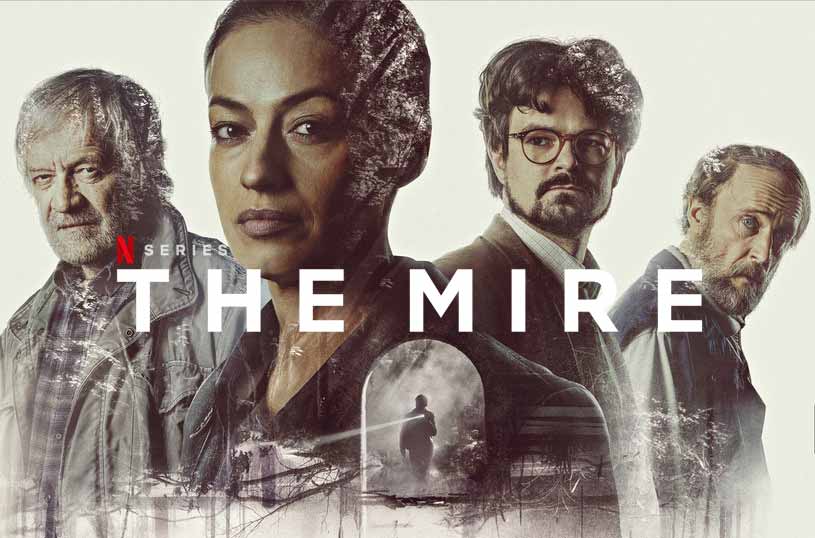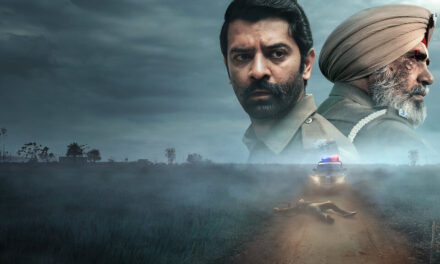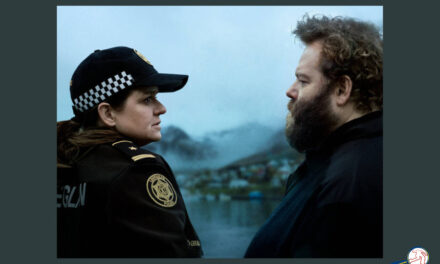
The Mire 97 on Netflix is an engaging, slow-burn Polish series that takes place 13 years after the events of The Mire. Although it is not technically a sequel, some characters and story lines do re-appear, and I recommend that you watch season 1 first. Both seasons take place in a corrupt southwestern town near the Gronty forest, which is marshy (the mire) and has a dark past.
For more Polish crime drama, click HERE!
The Flood
In 1997, in real life and in the show, unprecedented rainfall caused what’s known as “The Central European Flood”, that affected Czechoslovakia, Poland and Germany. At the beginning of The Mire 97, the body of a 12-year-old boy is found in the overflowing river that runs through the Gronty Forest. Apparently, a local levee broke, funneling the floodwater into the forest. Unfortunately, the boy was there at the time, and drowned in the river. Or so say the police. But newcomer Anna Jass (Magdalena Rózczka), an investigator from Warsaw, doesn’t buy it. Why would a kid be out in the forest at 3AM? When a has-been newspaperman gives her a tip that the levee was tampered with, she storms around town, looking for answers and ruffling feathers. She is paired with long-suffering local cop Adam Mika (Lukasz Simlat) , who tries to temper her bullish tactics.
The Cemetery
At the same time, the floodwater also unearthed a bunch of skeletons that are sure to bring the national authorities to the region. Turns out these bodies are from an incident that happened at the end of World War II, in 1945. When the Russians came to liberate Poland, they tortured, raped and killed the Nazis that they caught and put in a camp in the Gronty forest. Apparently, that is a politically sensitive incident that the townspeople prefer to keep secret. Yet, young newspaper editor-in-chief Piotr Zarzycki (Dawid Ogrodnik) wants his mentor, veteran journalist Witold Wanycz (Andrzej Seweryn), to write about it. You see, Witold was alive during that period, and is harboring a painful secret from that incident.
Slow Burn
Both the Mire 97 and its predecessor are dense and deliberately paced. It’s not a show that is easy to binge, because there is a lot going on, and neither season holds the viewer’s hand. Another complicating factor is the political background. Season 1 is set in 1984, which was the late communist era, and season 2 is almost a decade after the fall of the USSR. Except for a comment that “the police don’t tell journalists what to write anymore,” I couldn’t see much of a difference. However, I’ve seen Polish viewers comment on the authenticity of both seasons, which means I’m missing something. As the mystery of the boy’s death unfolds in Mire 97, it gets more complicated and heartbreaking. And the story of 1945 is also crushing, but these stories are kind of siloed, running parallel instead of intertwining. Yet, both tie back to season 1, which is why you should watch that first. You can enjoy Mire 97 as a standalone, but an entire level of meaning will be lost once you get to the conclusion. I guess what I’m saying is that the show is well made and satisfying, but it takes concentration to put all the pieces together.
If you DID see season 1, you may want to read this recap before jumping into Mire 97.
Looking for more of the best in foreign TV? Don’t miss our other great reviews HERE!





